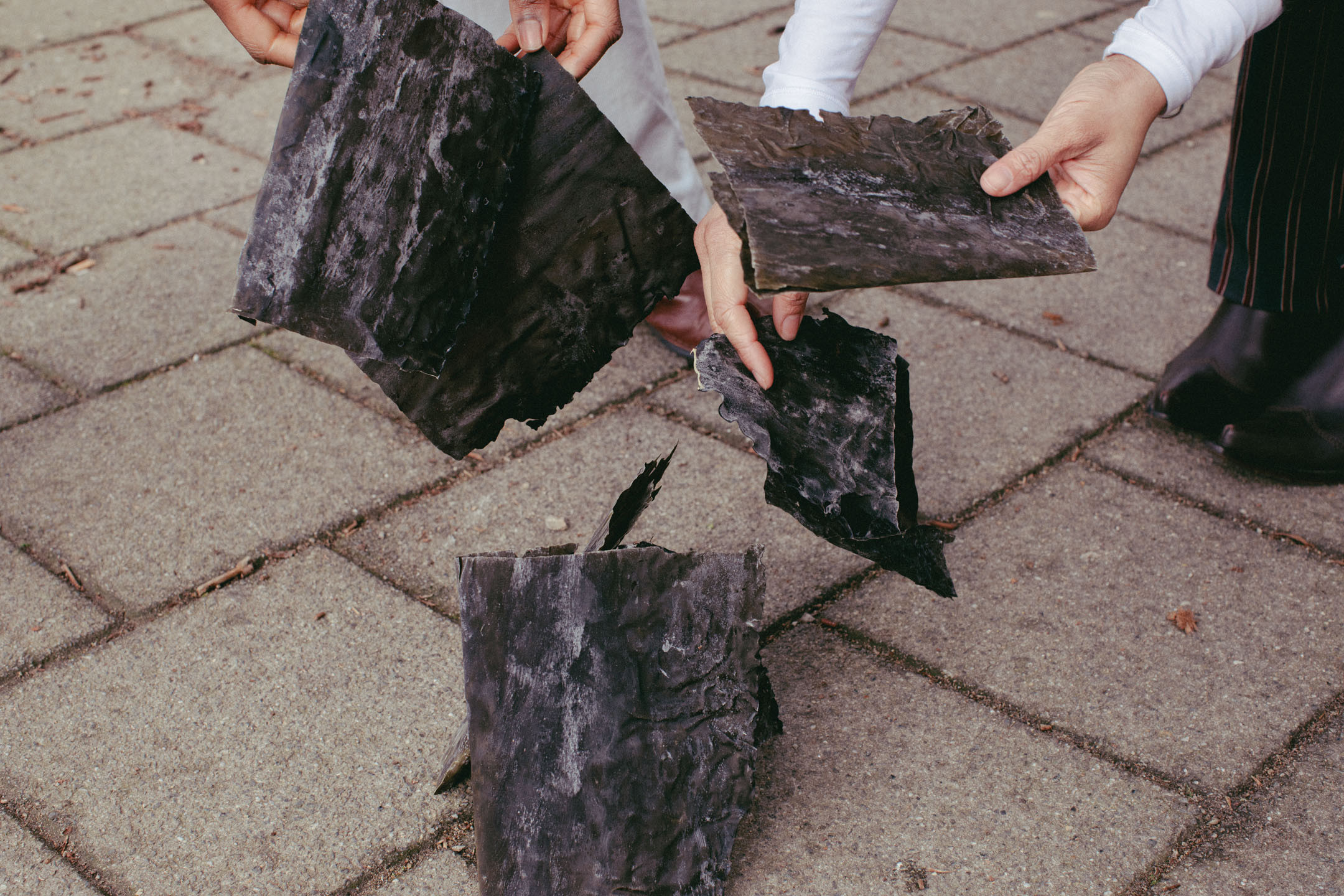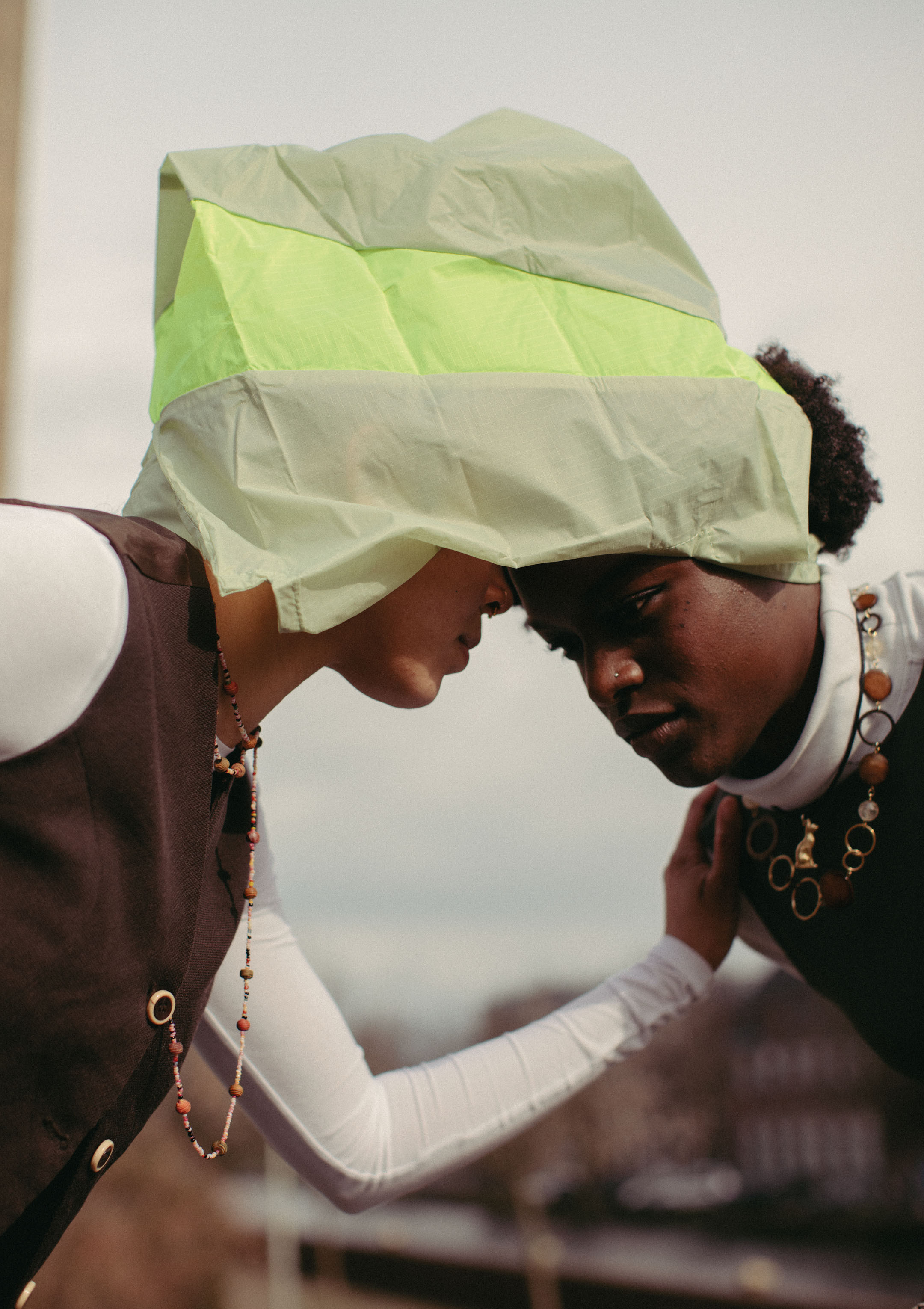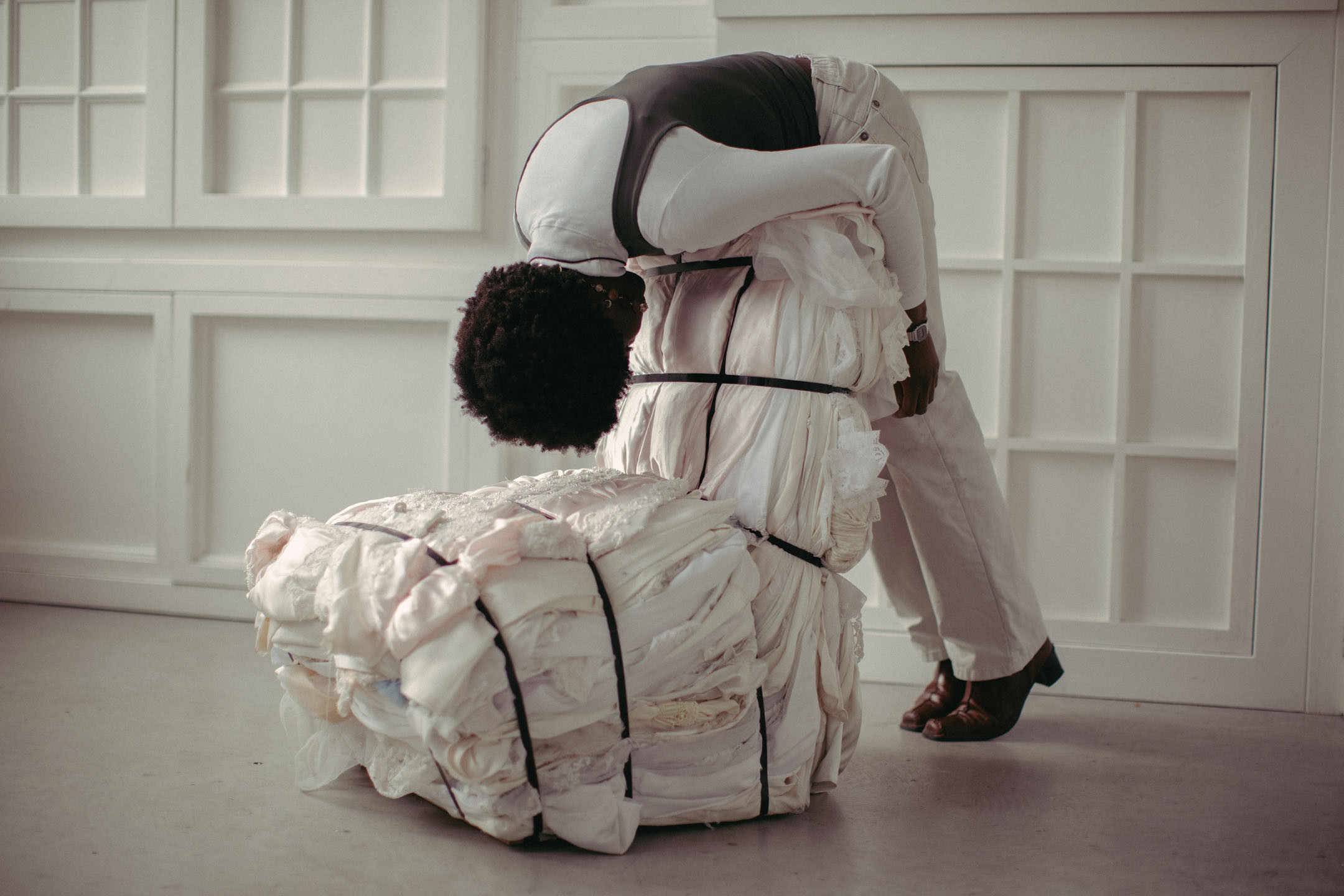When most people think of design, the objects and practices that come to mind are almost certainly ones defined by the 20th century. They might summon up images of bent-metal chairs, mid-century living rooms, classic cars, Tupperware, brutalist buildings, electronic devices, Prada bags or paperclips. These objects will have a core set of characteristics. They will all have involved some form of industrial production involving steel, plastic, concrete or nylon. They will espouse largely modernist aesthetic principles and their designers will have put the human – the lucky consumer – at the centre of their worldview. Each thing will radiate a cheery confidence in making the owner’s life that much better, more convenient, more graceful. And there is much to celebrate in the reductive little outline I’ve just given. But it is beyond time to leave 20th-century notions of design behind.
The 20th century was defined by plenty, at least in the global north where the design cannon is still largely confined. Growth, urbanisation and rising living standards were powered by cheap fossil fuels, cheap materials and cheap debt. The 21st century looks rather different. From the vantage point of 2023, the prognosis is scarcity, climate crisis, falling living standards in the north and growth in the global south. That lay of the land is provoking a growing challenge to dated economic models and unsustainable lifestyles, and it will completely reconfigure design as a practice. This is not just a case of switching to more environmentally friendly materials or getting better at recycling. What is required – and what is already underway – is a fundamental recasting of the underlying principles of design itself.

Any number of shibboleths will have to be challenged, from convenience culture and globalisation to the current industrial paradigm. But there is one that is in special need of review: ‘human-centred design’. The term has been around for more than half a century and emerged through the practice of interaction design for computers. It is most closely associated with user experience designers such as Don Norman, who rather made it his own. Human-centred design simply advocates putting the needs and real-world behaviours of ‘users’ front and centre at all times. That is a perfectly sound and well-meant principle, and I’ve no qualms with it in that limited sense. Product designers have been applying some variation of this ethic for a hundred years. But the term speaks volumes about the nature of our current predicament. The idea that we humans are the centre of all things and that the needs of consumers trump all else is not just delusional but destructive. It is the root cause of climate change and the sixth extinction event taking place just outside your window.

The belief that the world revolves around humans, and that natural resources are there for us to master, has its roots in the very origins of human civilisation. The shift from hunter gatherer to settled agrarian societies ushered in a conceptual transition from being in and of nature to being in control of it. And that delusion has, thousands of years later, led to our total divorce from natural systems and the understanding of our intimate reliance upon them. Design has been instrumental in servicing human needs and desires, in improving quality of life, in driving growth, and it has all been predicated on the tacit understanding that nature is simply there to be commodified as raw materials. We are only now coming to grapple with just how entangled our products are in natural systems.
The issue that has most clarified my own thinking about the effects of human-centred design – if I can now use that term as a loose catch-all – is waste. Focusing on our waste helps dispel any illusions that humans are a force distinct from nature. You only have to consider that microplastics are now routinely found in the digestive tracts of marine micro-organisms thousands of metres deep, in our rainwater and in our own bloodstreams. Waste respects no artificial distinctions between nature and culture, it is entangled at a microbiological scale. Human-centred design, as a broad concept, disregards its despoiling effect on natural ecosystems.

Waste is the flipside of human-centred design. From the advent of consumer society, designers have promoted waste through convenience, packaging, disposability, obsolescence or simply stimulating desire for new (though not necessarily better) things. But waste is the thing no one wants to think about. We have literally marginalised it, in the sense that we have dumped it on the margins and peripheries where few people (except the poorest) have to encounter it. But those million plastic bags we produce every minute and those billions of plastic bottles we produce every year end up somewhere – we do not throw them ‘away’. The philosopher Timothy Morton would call waste a ‘hyperobject’, something vast and dispersed but nevertheless an object with defined characteristics and effects. And the problem is that we’ve always treated it as an ‘externality’, an unavoidable by-product of our industrialised way of life. We’ve never accepted it as an internality – something that is intrinsic to our way of life, to our landscape, to our economics. Growth is predicated on waste, it demands waste. And only
by making waste central to our understanding of who we are and what we do, can we tackle it.
Thinking of the product as a thing unto itself has always been part of the problem. Designers need to expand the edges of the object beyond its plastic or steel shell. Because its outer edges extend to the mines where its materials were extracted, the factories where it is assembled, the cargo ships that ferry it to market, the waste bin where it starts its afterlife, the landfill where it might take hundreds of years to decompose, leaching toxins into the soil and ultimately into the water table. Those are the parameters of the designer’s work in the 21st-century.
A new generation of designers is emerging that is much more engaged in that project. Many have shaped their practices around material research. They study waste streams or where virgin materials are sourced, they invent new biomaterials from fish skins or agricultural waste. They are creating alternatives to plastic packaging using algae and testing the myriad potential uses of mycelium. Companies like Notpla, founded by design graduates from the Royal College of Art, are producing algae-based packaging for drinks, sachets and takeaway containers that are totally harmless, edible even. All of which is hugely encouraging, even if much remains at the exploratory stage. Moving beyond the materials that built the twentieth century – plastics, steel and concrete – is a crucial step to reducing carbon emissions and pollution.
But the risk with design is that it continues to operate within the bounds of the problem, staying within the limits of the client’s brief. That brief is likely to be “Replace a plastic coffee cup lid with a biodegradable one,” rather than to challenge the need for disposable coffee cups at all. System change is rarely in the brief. And most clients will demand something new (albeit something much like something else they’ve seen). Challenging newness is the other great project of the century.

One of the things that designers have always been able to take for granted is the idea of starting from scratch, with virgin materials, to bring something new into the world. Architects in particular have rarely had any qualms about seeing their predecessors’ work demolished to clear the ground for their own buildings. The tabula rasa is a precondition for most design work. This has fostered an association between design and purity – of pure materials rendering a pure authorial vision. But purity is another 20th-century shibboleth to be challenged. It is a truism to say that the endless production of newness is “unsustainable”. That much we already know. What we know less well is how to endlessly adapt, reuse, maintain, repair or reconfigure. Relinquishing some authorial control and learning to work with the contingent and the inconvenient, these may be some of the most critical design skills of the 21st century.
More and more architects and designers are turning away from making new things in order to work with what already exists. The designer Helen Kirkum is doing the previously unthinkable and creating sneakers from the parts of other sneakers. The results are chimeras: impure, stitched together like Frankenstein’s monster and a cutting-edge fashion statement. Architects, operating under the unglamorous rubric of ‘retrofit’, are bringing considerable imagination to the revival of unloved and even condemned buildings. The Catalan architects Flores y Prats transformed a rundown cooperative building in Barcelona into the jewel-like Sala Beckett theatre and performance space. They did so not as faithful preservationists but by injecting it with whimsy and elegant disjunctions. The French architects Lacaton & Vassal have led the way when it comes to adaptive reuse. “Never demolish” is their dictum, for demolition is a criminal waste of materials and embodied energy. Instead, they have demonstrated how whole housing estates can be saved from the wrecking ball by adding enclosed balconies to the facades. The residents’ living spaces are enlarged, the buildings look brand new and municipalities save millions of euros. It is a formula that is eminently reproducible.

New forms of practice are emerging. The Belgian architects Rotor, for instance, reinvented themselves as a salvage company, Rotor Deconstruction, gleaning valuable materials from condemned buildings and putting them back into the supply chain. In this model of practice, circular material flows are more important than purity, control or authorial vision. Designers and architects have tremendous capacity as persuaders, demonstrating that there are other forms of practice, other ways of designing, manufacturing and building. We have tended to fetishise innovation, by which we mean the production of new things and ideas. But there is a growing consensus that we have the tools necessary to address the climate and ecological crises. It’s not that we necessarily need to design new products and technologies, but that even implementing the tools we have at the necessary scale requires innovation and experimentation.
This is not a tale of managed decline or regression or reduced quality of life. Far from it. Designers who understand the value of what already exists, and how entangled our products are with our natural ecosystems, will help shape a society that not only has a lighter impact on the planet but is more invested in an economy of care, gratifying work and collective wellbeing. But the first step is accepting that we humans are not the centre of all things. We, all our objects, and all our waste, are enmeshed in one fragile planetary system.
Thanks to Axelle Do Rego and Tara Nadorp
